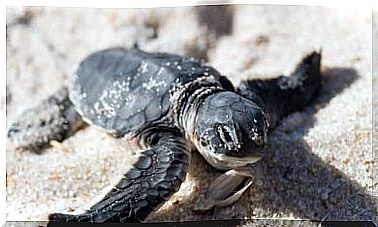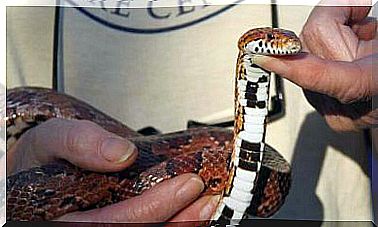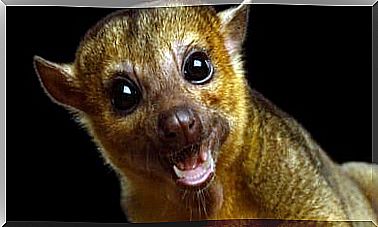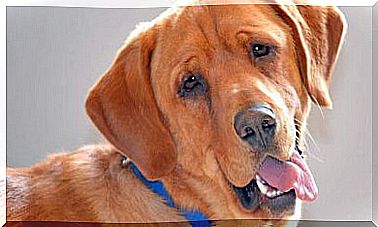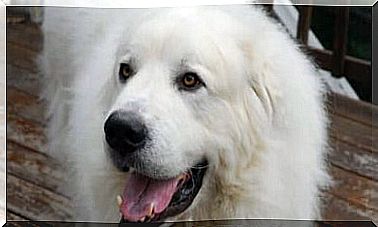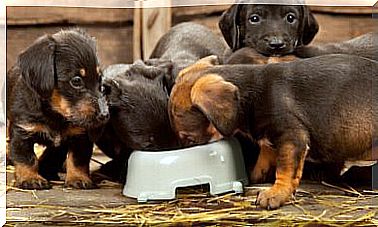History Of Animal Domestication

The domestication of animals is a process that several species have gone through. Through it, animals developed changes in their appearance, physiology and behavior that were passed on to the next generations.
Although traditionally it was thought that such characteristics were acquired only through artificial selection made by man, it seems that in many of the processes of domestication of animals there was a mere adaptation of the species itself to share life with the human being.
When did the domestication of animals begin?
Most domestication, of both animals and plants, began in the Neolithic, a historical period that began more than 10,000 years ago. In it, climate change allowed human populations to become sedentary.
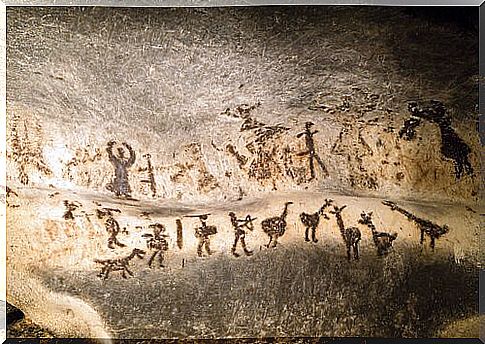
During this period, man needed a source of both meat and vegetables that did not require continuous movement and that, in a sense, was guaranteed.
The dog, the first case of animal domestication
When talking about the history of animal domestication, the dog is often mentioned as the first example. This probably happened even before the Neolithic.

Contrary to popular thinking about raising wolves, the truth is that the most widespread theory these days is that dogs have tamed themselves: the gentlest and most tolerant canines to man were those who could live on what they wasted.
The history of the dog’s domestication is still unclear, and a few years ago it was believed that its origin was in Asia, later declaring that it happened at the same time in Europe . The latest of the studies seems to show that dog domestication took place in Europe between 20,000 and 40,000 years ago.
sheep and goats
Small ruminants are another of the oldest examples of the process of domestication of animals: sheep and goats do not share origins, but rather similar evolutionary paths.

Thus, obtaining wool from sheep seems to go back 8,000 years ago, although the first garments date back to 2,000 years later. This is believed to be one of the reasons humans colonized colder terrain.
Horse domestication
If the domestication of animals had a great impact on man’s life, it was that of the horse, which became an authentic weapon of war, which allowed most of the conquests in the world.
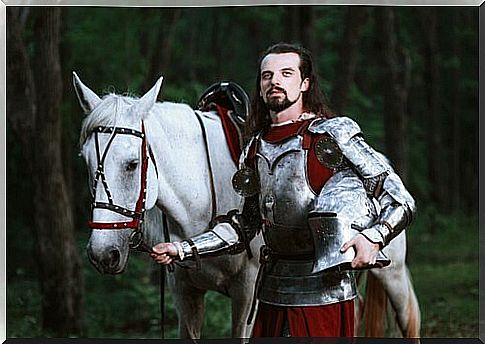
In the case of horses, it may be that the domestication processes were independent, since a direct relationship was found between the current horses of the Iberian Peninsula and those of the Neolithic. The donkey would have been domesticated in Egypt about 5,000 years ago.
Pig and cow domestication
9,000 years ago, the pig was domesticated in both Turkey and Southeast Asia, and these pigs spread throughout Europe. A recent study shows that these domestic pigs gave rise to other breeds by hybridization.
Cows would have been domesticated about 10,000 years ago in the Middle East and India, from wild aurochs, now extinct.
There are several other examples of animal domestication
While these are some of the best known, the truth is that there are dozens of examples of animal domestication. For example, cats were domesticated thanks to pest control that they exercise in agriculture.
Meanwhile, in Peru, the guinea pig was domesticated, and in Thailand, the Asian buffalo. The domestication of the llama, chicken, bee or even the silkworm was also of special importance.
Some of the latest processes were those of the yak in Tibet, the ducks in Syria, the camelids and even the appearance of reindeer herders in Siberia. Who knows what other animals man can still domesticate?
